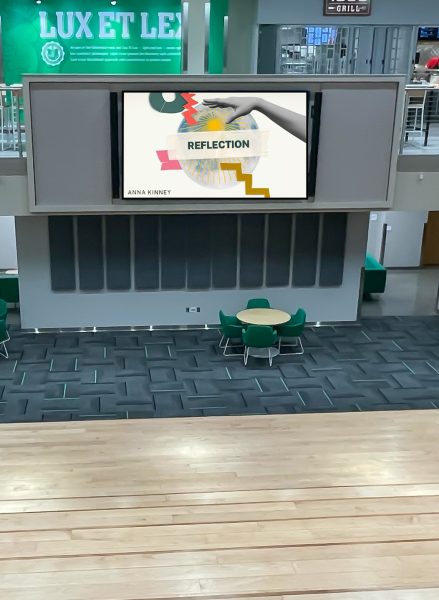Professors explain meter
Ronald Kolessar’s invention changes the way media viewers are measured.
The Portable People Meter, a term used in Communication 103: Information, Technology and Social Change, is an example of how media is constantly changing to fit the market.
Vice President of Technology of Engineering for Arbitron, a consumer research company now owned Nielsen — the leading global information and measurement company — Ronald Kolessar proposed the idea in 1992.
Communication professor Timothy Pasch uses Kolessar’s invention for his lectures, student presentations and conversations by discussing the history and applications of the Portable People Meter.
Sophomore communications major Sydney Roberts remembers learning about the meter.
“It’s really cool to hear about the man behind the invention,” Roberts said. “The PPM really changed the communications world.”
The meter is a system used to measure how many people are listening to individual radio and television stations. It is a special remote control with personalized buttons for each viewer in the household.
Kolessar said it was to be the best solution for measuring both the radio and television audiences. The desired information the meter obtains is who is watching or listening and therefore exposed to advertising. The measurement taken by the meter allows a value to be placed on the advertisement time.
“At the time of the proposal, radio was measured via millions of paper diaries and television via very costly electronics attached to a panel member’s television,” Kolessar said. “Both methods were open to manipulation and thus inaccurate.”
Arbitron recently was purchased by the Nielsen company to get the patent protected Portable People Meter technology.
By purchasing Arbitron, Nielsen Company can do a more complete job of television audience measurement, combining radio and television data at increased value and advertising between media.
Kolessar was responsible for the team that proposed and initially invented the meter — a team that changed way radio and television viewers are measured.
Kolessar said the best method was to put an inaudible code into the broadcast and then detect it by a device worn by the audience panel member.
The problems encountered included how to encode in real time, how to maintain audio quality, how to have a small portable device with adequate battery power and how to convince panel members to participate.
Solutions took a number of years of cooperative efforts by multiple groups within Arbitron and consulting experts like the Martin Marietta Materials corporation and Johns Hopkins Engineering Labs.
“It took multiple generations and field testing both in the US and the UK,” Kolessar said. “Today it is the accepted standard.”
The PPM is used as the standard for gathering radio listening data in more than 30 markets today.
“The way our VP of Sales and Marketing introduced me to our clients was as the ‘father of the Portable People meter,’” Kolessar said.
The Dec. 5, 2005, edition of the Electronic Engineering Times credited Kolessar as being the inventor in a special edition titled “Great Minds, Great Ideas,” but Kolessar felt that it was a team effort.
Over the years the meter technology has been recognized in numerous awards and only a couple of years ago it was awarded an Emmy for technical excellence in television audience measurement.
Adele Kieger is a staff writer for The Dakota Student. She can be reached at [email protected].






